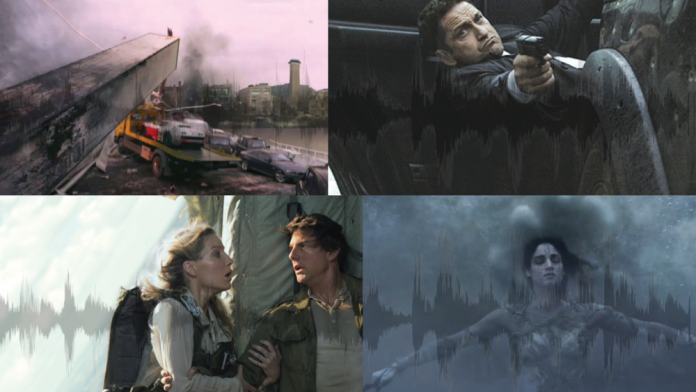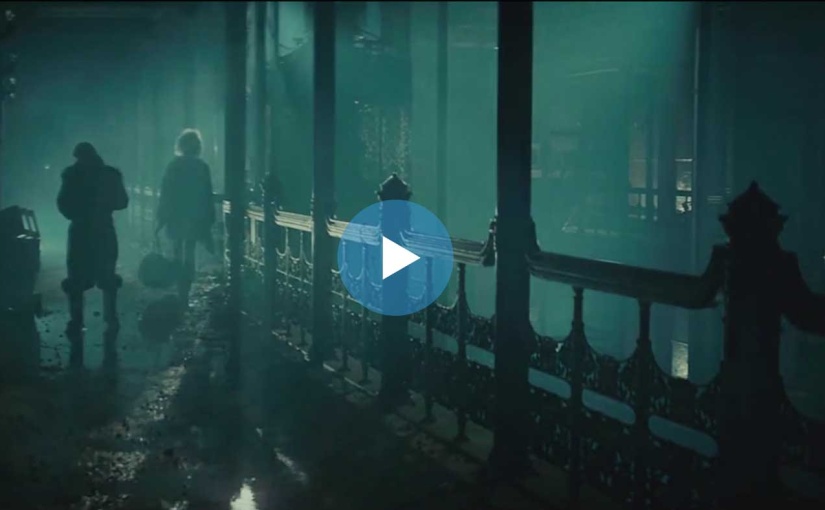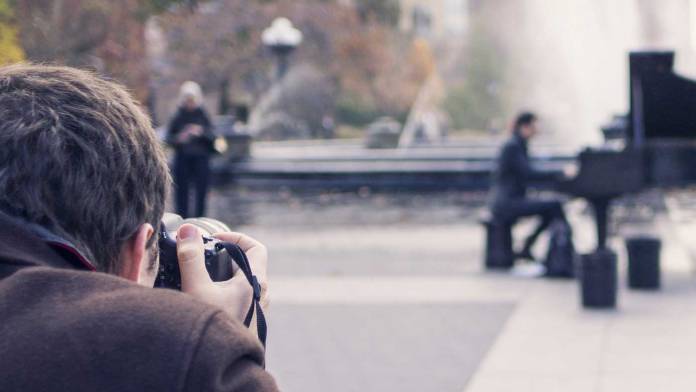
NEW THIS YEAR: The Film Intensive is being offered in partnership with Ghetto Film School (GFS), an award winning nonprofit founded in 2000 with programs in NYC and Los Angeles to educate, develop and celebrate the next generation of great American storytellers. Check out: www.ghettofilm.org
It is a customized 2-week filmmaking workshop for young artists that will help develop their artistry through film, as well as foster deeper exposure to careers in the media and creative industries.
Filmmakers will create, produce, shoot and edit short films (2 minutes) based on original scripts developed in the workshop.
The program will close with a public screening of the winning films and a reception honoring all the young artists. No prior experience is necessary.
Registration and interview will be required for acceptance into program
Registration fee is $25
There is a $400 fee for the 2 week Film Intensive.
AGES: 14 – 18 YEARS old
DATES: July 1 – July 14 (no class on July 4th)
TIMES: Monday – Saturday 8:30 am – 5:00 pm
WHERE: Detroit School of Arts
123 Selden St.
Detroit, Michigan 48201


 An outline for your screenplay is a great way to start, but developing strong characters will engage viewers in the story you’re telling. Would Darth Vader’s iconic “I am your father” reveal have been as impactful if you didn’t care for the characters? They’re the driving force behind any story, and making them interesting starts early in the scripting process. Read
An outline for your screenplay is a great way to start, but developing strong characters will engage viewers in the story you’re telling. Would Darth Vader’s iconic “I am your father” reveal have been as impactful if you didn’t care for the characters? They’re the driving force behind any story, and making them interesting starts early in the scripting process. Read 
 Andy Warhol shattered the mold that artists had been using for hundreds of years – the mold that made “art” and for many art critics, the jury is still out on Andy, but there’s one thing that nobody can deny – he shook up the art world. I went to a screening of “Empire” in college and, I’m guessing, like everybody else, stayed until the free wine ran out, talking through the whole thing and then went home, but still, it changed the way I looked at cinema. And that’s a good thing. What do you do when you’re in a creative rut? Here are some ways to push yourself back onto the road. Read
Andy Warhol shattered the mold that artists had been using for hundreds of years – the mold that made “art” and for many art critics, the jury is still out on Andy, but there’s one thing that nobody can deny – he shook up the art world. I went to a screening of “Empire” in college and, I’m guessing, like everybody else, stayed until the free wine ran out, talking through the whole thing and then went home, but still, it changed the way I looked at cinema. And that’s a good thing. What do you do when you’re in a creative rut? Here are some ways to push yourself back onto the road. Read 
 Lighting is one of the most challenging aspects of video production, but the right equipment and knowledge of the four main attributes of light makes great lighting possible in any scenario. The color, intensity, quality and direction of your light sources all play a role in determining the overall look of your video. Read
Lighting is one of the most challenging aspects of video production, but the right equipment and knowledge of the four main attributes of light makes great lighting possible in any scenario. The color, intensity, quality and direction of your light sources all play a role in determining the overall look of your video. Read 
 If you’re reading this, then you know something about producing and editing video. Maybe you went to film school. Maybe you learned hands-on. Nevertheless, the business side of video production leaves no margin for error for even the seasoned professional, so if you don’t know what you’re doing, then before you consider taking on clients and charging for a service, learn how the pros work — and not just one, but as many as are willing to offer you valuable advice and show you the tricks of the trade. Knowing what to bill or not to bill a client for is crucial. Maximizing profit and minimizing the hours of your time that go unpaid starts in the project’s earliest planning stages. Read
If you’re reading this, then you know something about producing and editing video. Maybe you went to film school. Maybe you learned hands-on. Nevertheless, the business side of video production leaves no margin for error for even the seasoned professional, so if you don’t know what you’re doing, then before you consider taking on clients and charging for a service, learn how the pros work — and not just one, but as many as are willing to offer you valuable advice and show you the tricks of the trade. Knowing what to bill or not to bill a client for is crucial. Maximizing profit and minimizing the hours of your time that go unpaid starts in the project’s earliest planning stages. Read 
 Every scene in a film has a different combination of sound that helps build the atmosphere for the audience. These sounds are carefully placed to represent what is going on in a particular scene, where the scene is set and what kind of actions the characters are engaged in.
Every scene in a film has a different combination of sound that helps build the atmosphere for the audience. These sounds are carefully placed to represent what is going on in a particular scene, where the scene is set and what kind of actions the characters are engaged in.
 Still, videographers are often left wondering whether they got it “right” and what, if anything, could happen if a factual error were made and portrayed in their work. Luckily, the law of libel and some important U.S. Supreme Court decisions provide a framework for analyzing content inaccuracies and understanding how it affects you.
Still, videographers are often left wondering whether they got it “right” and what, if anything, could happen if a factual error were made and portrayed in their work. Luckily, the law of libel and some important U.S. Supreme Court decisions provide a framework for analyzing content inaccuracies and understanding how it affects you.
 Your frame is your canvas, your goal is to fill it with things that are useful to your story and arrange them in a way that is pleasing to the viewer. These simple composition rules will set your video apart from ordinary videos. Read
Your frame is your canvas, your goal is to fill it with things that are useful to your story and arrange them in a way that is pleasing to the viewer. These simple composition rules will set your video apart from ordinary videos. Read 
 It used to be that posting vertical video online was seen as shameful and unprofessional — the sign of a true amateur. Today, it’s how the majority of content on many social media channels is not only consumed, but also produced. This, of course, means it’s in your best interest to make vertical video a part of your workflow, in all steps of your creation process. Figuring out how best to frame your subject, choosing subjects that work best vertically, and actually knowing which aspect ratios are considered vertical are just a few of the things to understand as you start your process. Read
It used to be that posting vertical video online was seen as shameful and unprofessional — the sign of a true amateur. Today, it’s how the majority of content on many social media channels is not only consumed, but also produced. This, of course, means it’s in your best interest to make vertical video a part of your workflow, in all steps of your creation process. Figuring out how best to frame your subject, choosing subjects that work best vertically, and actually knowing which aspect ratios are considered vertical are just a few of the things to understand as you start your process. Read 
 Sometimes the best way to advance a skill rapidly and with the greatest degree of precision is to be still. The idea seems counterproductive at first, but after consideration, the notion holds water. Top athletes work out the components of their mechanics slowly and methodically. They often use slow-motion video or frame-by-frame analysis to correct minute movements. In this case, still images show what cannot be detected at full speed. Being still is not something that comes naturally to most video producers. Video is about movement, and movement is the default for the majority of media makers. Read
Sometimes the best way to advance a skill rapidly and with the greatest degree of precision is to be still. The idea seems counterproductive at first, but after consideration, the notion holds water. Top athletes work out the components of their mechanics slowly and methodically. They often use slow-motion video or frame-by-frame analysis to correct minute movements. In this case, still images show what cannot be detected at full speed. Being still is not something that comes naturally to most video producers. Video is about movement, and movement is the default for the majority of media makers. Read 
 New drones come onto the market all the time, and it can be difficult to know exactly which specs deserve your attention. We’ll go over the most important features to look for as you shop at the end of this article, but first, let’s look at our picks for the best drones for video production available now. Read
New drones come onto the market all the time, and it can be difficult to know exactly which specs deserve your attention. We’ll go over the most important features to look for as you shop at the end of this article, but first, let’s look at our picks for the best drones for video production available now. Read